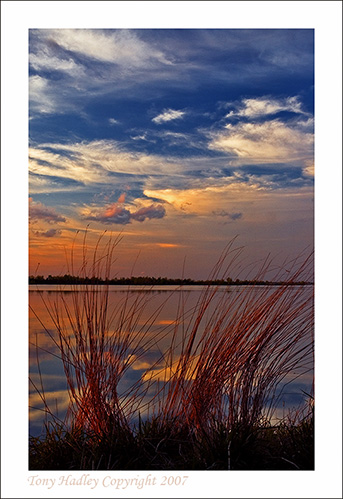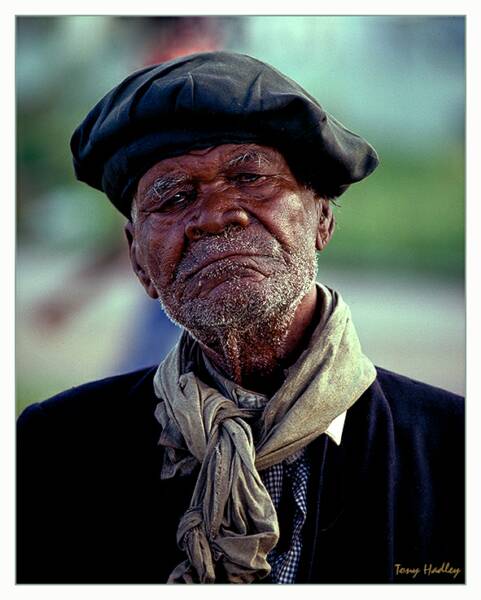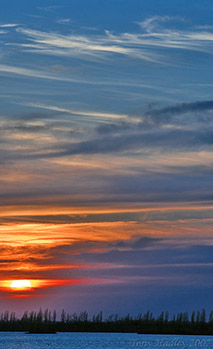Article by J.A. (Tony) Hadley
Photography to me is painting with light and it is a bright light in my life. This light was turned on at an early age but before describing that, I would like to share some thoughts on my approach to photography along with some basic technical tips that you may find useful.
I believe that one must develop the art of seeing something that appeals to the image taker and hopefully to the viewer. In most of my photography I will ‘see’ without the camera but when doing floral macros I will do additional ‘seeing’ by looking through the camera since this might reveal a new view not possible without the camera.
In my daily routines and in particular when I travel, I will become aware of something that attracts my attention. I pause, study and try to clearly identify what it was that attracted my attention: color, lines, circles, light, patterns, clouds, combination of elements, reflections, people, etc. When I feel that I have identified my centre of attraction, I focus on the background and foreground which I think is as important as the subject matter. The background can be neutral (single color), artistic or documentary. And if it does not add value to the main subject then you must subtract it before you capture the image because it is much easier than performing this task on your computer.
When I have decided to capture a subject I can take as many as 40 images even though only one or two might be considered as winners. For many of my sunset images, I will revisit the same location often and stick around for 60 or more minutes – and especially after the sun has dipped below the horizon. A sunset, with a flock of birds in the sky, lasted less than 15 seconds and was captured because I was lucky and ready.
The following basics are some guidelines which should be broken once in a while. Use a tripod, focus carefully, control the depth-of-field by adjusting the aperture. Adjust the exposure because scenes like snow and yellow objects do not register as 18% gray. Capture leaves and flowers when they are backlit. Use a polarizer and split density filters when appropriate. Avoid putting your main subject in the middle of the image. Apply the rule of thirds (e.g. 2/3rds sky and 1/3 foreground or the other way around). Read magazines and photography books and I recommend the National Geographic Photography Field Guide. Not least of which, know your camera by studying the manual and practicing with it to see how it reacts in different conditions.
And finally some details about me. It all started when I was about 7 years old when my neighbor photographed me. Hours later he magically emerged from a closed room with a dripping black and white print and I truly knew that I had to perform the same magic. This happened in the Caribbean nation of St.Vincent and the Grenadines. I later became a Canadian citizen so my photography really reflects these two worlds.
I use a Nikon D300 digital camera and the two things I check on my D300 after taking an image are the Highlights and the Histogram Menus. The first tells me if my camera has blown any highlights and the 2nd tells me about how good is my exposure. For many of my images, I shoot in the Nikon proprietary “RAW” mode and for the others I shoot “Fine/JPG” mode. 95% of my image processing is done with Nik capture V1.3 as opposed to Photoshop.
Finally, I would like to thank Unique Magazine for publishing some of my photos, making me photographer of the month and thus allowing me to more widely share my joy of photography. I leave you with something I truly believe: “Let us encourage the power of love instead of the love of power then there will be more peace in the world”.
For more of my images please see my photo.net collection by clicking here


